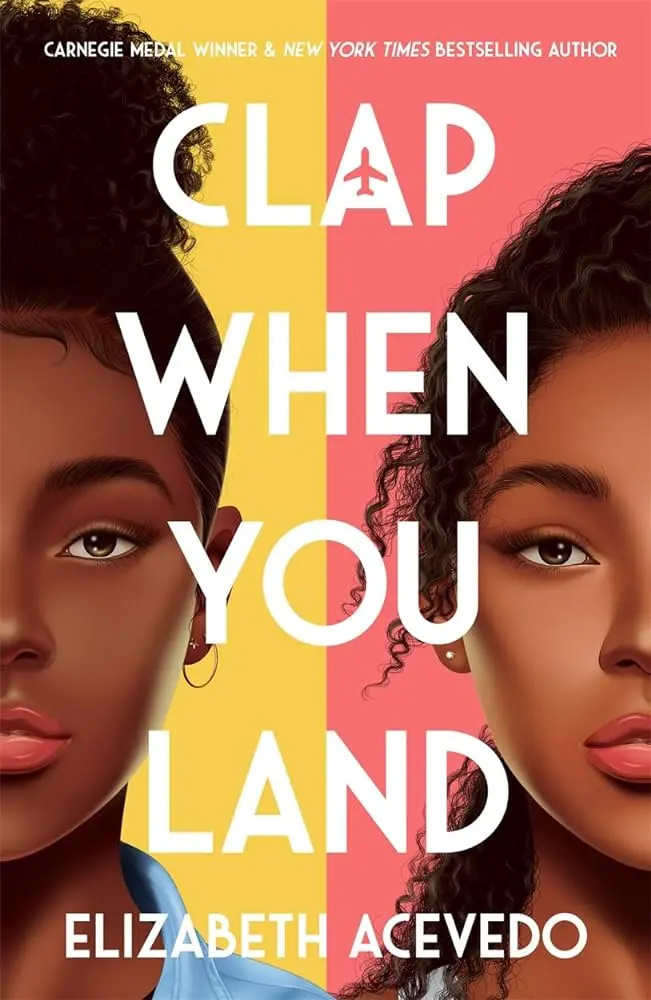A Vivid Portrait of an Icon
When I first picked up “Frida: A Biography of Frida Kahlo” by Hayden Herrera, I knew I was in for a fascinating journey. Frida Kahlo is a figure whose image and art have permeated popular culture, but the woman behind the iconic self-portraits remained an enigma to many. Herrera’s biography is a masterful work that peels back the layers of myth to reveal the complex, passionate, and resilient woman at the heart of the legend. The book is a deep dive into Kahlo’s life, offering readers a comprehensive understanding of her personal struggles, artistic achievements, and the cultural impact she has had.
From the outset, Herrera’s narrative is engaging and meticulously researched. She starts with Kahlo’s early life in Coyoacán, Mexico, providing a rich context that helps to understand the roots of Kahlo’s unique perspective and artistic vision. Born in 1907 to a Mexican mother and a German-Hungarian father, Kahlo grew up in a politically turbulent Mexico. Her early years were marked by both physical and emotional challenges, which would profoundly shape her art and her identity.
As I read about Kahlo’s childhood, I couldn’t help but draw parallels to my own experiences growing up. The formative years are crucial in shaping who we become, and for Kahlo, this period was filled with significant events that would leave a lasting impact. Herrera’s vivid descriptions bring these early experiences to life, painting a picture of a young girl who was already grappling with issues of identity, belonging, and resilience.
The Accident That Changed Everything
One of the most defining moments in Frida Kahlo’s life was the tragic accident she suffered at the age of eighteen. In 1925, a streetcar collided with the bus she was riding, leaving her with severe injuries that would plague her for the rest of her life. Herrera’s account of the accident and its aftermath is both harrowing and insightful, illustrating the physical and emotional toll it took on Kahlo.
The accident resulted in multiple fractures of her spine, pelvis, and right leg, as well as other serious injuries. Kahlo underwent numerous surgeries and spent months bedridden, during which time she began to paint in earnest. Herrera captures the intense pain and isolation Kahlo experienced, but also her remarkable resilience and determination. It was during this period that Kahlo’s artistic voice began to emerge, shaped by her suffering and her indomitable spirit.
Reading about Kahlo’s struggle with her injuries made me reflect on the times I’ve faced personal challenges. While my experiences were not nearly as severe, the way Kahlo channeled her pain into creativity is something I deeply admire. Herrera’s portrayal of this period in Kahlo’s life is a testament to the power of art as a means of healing and self-expression. It’s a reminder that our darkest moments can also be the source of our greatest strength and creativity.
Love and Turmoil: Frida and Diego
Frida Kahlo’s relationship with the famed muralist Diego Rivera is one of the most well-known aspects of her life. Herrera delves into their tumultuous romance with great detail, providing a balanced view of both the passionate love and the intense conflict that characterized their marriage. The two artists met in 1928, and their connection was immediate and profound. Rivera, who was twenty years her senior, quickly became both a mentor and a lover.
Their marriage was marked by numerous infidelities, fiery arguments, and periods of separation, yet their bond remained unbreakable. Herrera explores the dynamics of their relationship, highlighting how Rivera’s influence helped Kahlo gain recognition in the art world, while also examining the ways in which their union was fraught with jealousy and betrayal. The complexity of their relationship is laid bare, showing how they both inspired and tormented each other.
Reflecting on Kahlo and Rivera’s relationship made me think about the nature of love and partnership. Relationships can be incredibly rewarding, but they can also be challenging and painful. Herrera’s detailed account of their marriage offers valuable insights into the balance of power, the interplay of passion and pain, and the ways in which love can be both a source of strength and vulnerability. It’s a powerful reminder that even the most tumultuous relationships can be deeply meaningful and impactful.
The Art of Pain and Passion
Frida Kahlo’s art is renowned for its raw, emotional intensity and its vivid portrayal of pain and passion. Herrera’s biography provides a comprehensive analysis of Kahlo’s body of work, exploring how her personal experiences, cultural heritage, and political beliefs influenced her art. From her haunting self-portraits to her vibrant still lifes, Kahlo’s paintings are a window into her soul, reflecting her inner turmoil and her unyielding spirit.
Herrera delves into the symbolism and themes present in Kahlo’s work, offering readers a deeper understanding of the artist’s creative process and the messages she sought to convey. Many of Kahlo’s paintings depict her physical suffering and her struggles with identity, love, and mortality. Herrera’s analysis highlights how Kahlo used her art as a means of exploring and expressing her deepest fears and desires.
Reading about Kahlo’s artistic journey made me appreciate the power of art as a form of personal and political expression. Her ability to transform her pain into something beautiful and meaningful is truly inspiring. Herrera’s insights into Kahlo’s work remind us of the importance of authenticity and vulnerability in art. Kahlo’s willingness to bare her soul on canvas has left a lasting legacy, inspiring countless artists and admirers around the world.
Political Passion and Activism
In addition to her contributions to art, Frida Kahlo was also deeply involved in political activism. Herrera’s biography highlights Kahlo’s commitment to social justice and her unwavering support for the Mexican Communist Party. Kahlo’s political beliefs were shaped by her experiences growing up in post-revolutionary Mexico and her relationship with Diego Rivera, who was also a committed communist.
Kahlo’s activism extended beyond her political affiliations; it was a fundamental part of her identity and her art. Herrera explores how Kahlo’s political beliefs influenced her work, from her depictions of indigenous Mexican culture to her portrayals of class struggle and resistance. Kahlo’s art and activism were inextricably linked, each informing and enriching the other.
Reflecting on Kahlo’s political engagement made me think about the role of artists in society. Art has the power to challenge, provoke, and inspire change. Kahlo’s commitment to social justice and her use of art as a tool for political expression is a powerful reminder of the impact artists can have on the world. Herrera’s biography underscores the importance of standing up for one’s beliefs and using one’s talents to advocate for a better world.
The Enduring Legacy of Frida Kahlo
Frida Kahlo’s influence extends far beyond her lifetime. Herrera’s biography not only chronicles Kahlo’s life and work but also examines the enduring impact of her legacy. Kahlo’s art continues to captivate and inspire, and her image has become a symbol of strength, resilience, and empowerment. Herrera explores how Kahlo’s legacy has evolved over the years, from her posthumous recognition as a pioneering artist to her status as a feminist icon.
Kahlo’s life and work have inspired countless books, films, and exhibitions, cementing her place in the cultural canon. Herrera’s biography itself has played a significant role in reviving interest in Kahlo’s work and introducing her to new generations of admirers. The continued relevance of Kahlo’s art and the fascination with her life story speak to the universality of her experiences and the timelessness of her message.
Reading about the lasting impact of Kahlo’s legacy made me think about how we remember and honor influential figures. Kahlo’s story is a testament to the power of perseverance and the importance of staying true to oneself. Herrera’s biography not only celebrates Kahlo’s achievements but also ensures that her voice continues to be heard. It’s a powerful reminder of the lasting influence one person can have on the world.
A Must-Read Biography
“Frida: A Biography of Frida Kahlo” by Hayden Herrera is an essential read for anyone interested in the life and work of this extraordinary artist. Herrera’s meticulous research and engaging narrative bring Kahlo’s story to life, offering readers a comprehensive and intimate portrait of one of the most iconic figures in art history. From her early years in Mexico to her enduring legacy, Herrera captures the essence of Kahlo’s indomitable spirit and her unparalleled artistic vision.
If you’re looking for a biography that is both informative and captivating, “Frida: A Biography of Frida Kahlo” is an excellent choice. Herrera’s writing is both scholarly and accessible, making it a pleasure to read. Whether you’re a longtime admirer of Kahlo’s work or new to her story, this biography provides valuable insights into her life, her art, and her impact on the world.
So, pick up a copy and immerse yourself in the vibrant, passionate, and inspiring world of Frida Kahlo. It’s a journey that will leave you with a deeper appreciation for her art, her resilience, and her lasting legacy.
Subscribe to our newsletter and get two free novels!



